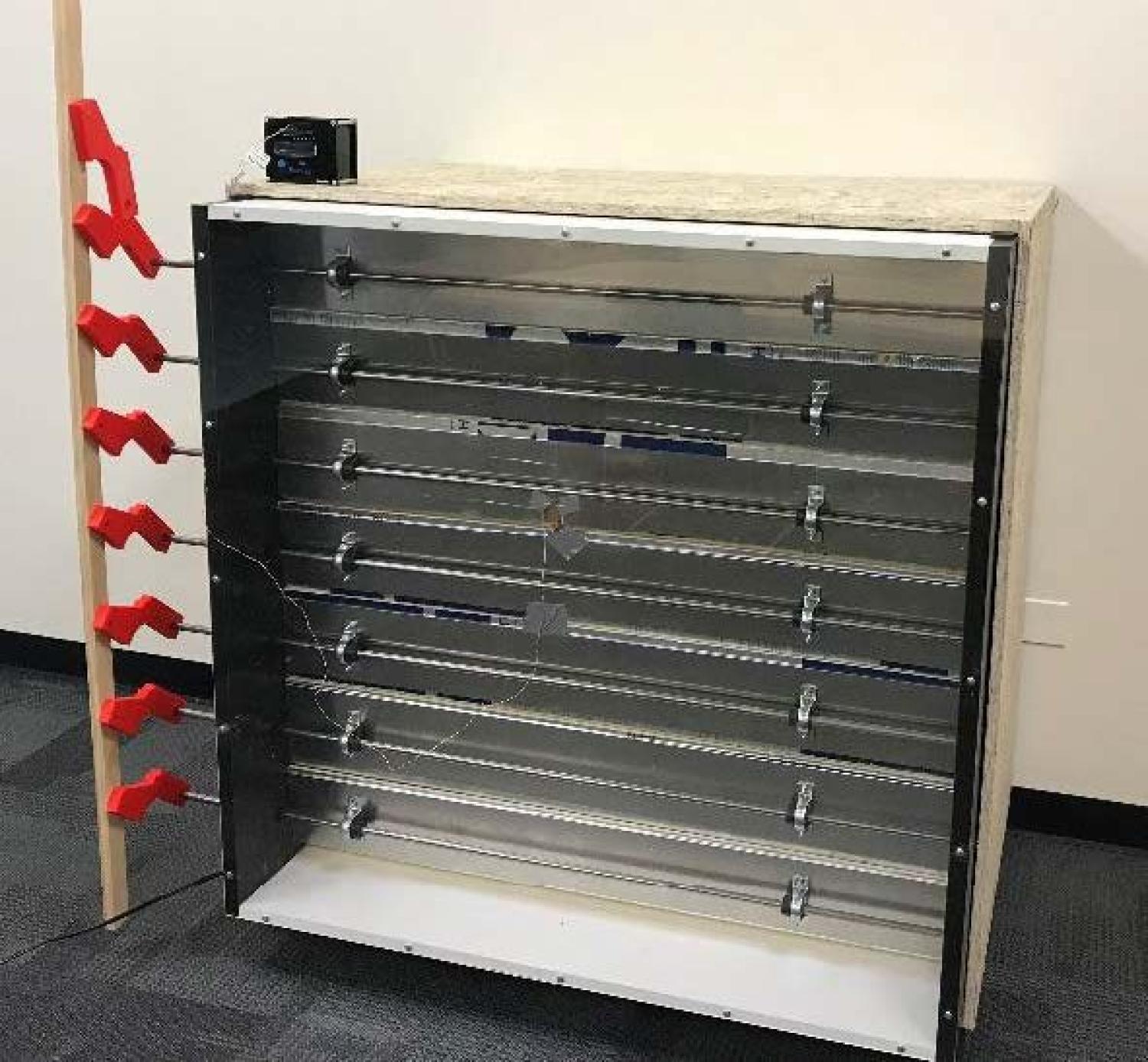Adjustable R-value Insulation Systems

Background
In recent years, requiring building envelopes for greater insulation layers have become a trend for new construction. Despite this trend, it has been shown that dynamic insulation systems, which offer variable thermal resistance, have been shown to decrease energy consumption by adapting the envelope’s R-value depending on indoor and outdoor conditions. Several studies have investigated a rules-based 2-step control mechanism in which the dynamic insulation system either takes on a high or low conductivity depending on the direction of heat flow in the wall and the zone setpoint temperature.
Technology
Researchers at the University of Colorado Boulder have discovered how to take benefits of a several-steps strategy instead of just having a 2-step control mechanism by using tilting insulators inside the exterior wall. They built and tested two models to measure the R-values at each angle, and then, all the results were verified with computational fluid dynamics. The insulation system can also be modified to be more flexible to take any R-value rather than set at a low and high settings in order to increase its energy efficiency and demand response capabilities. In addition to opaque building envelope components (walls, roofs, attics, and floors), this technology can be applied to windows as dynamic insulated shades.
Advantages
Using 2-step controls, the dynamic insulation system applied to attics of homes can reduce the cooling energy use by 44% and 39% in San Francisco, CA and Seattle, WA respectively. The same attic insulation system results in lower but still considerable reductions in the cooling energy use for the climates of Golden, CO (30%) and Minneapolis, MN (27%). When applied to exterior walls, comparing dynamic insulation to static high-R insulation (current practice), the potential for total source energy savings is estimated to be 51.2% for homes located in San Francisco (57.4% for cooling and 12.9% for heating). For colder US climates, the potential annual energy savings range from 20% to 30%. When used in windows, the potential annual combined heating and cooling energy savings for insulated shades range 19% from Chicago to 43% in San Francisco.
What's Next?
Available for licensing
Nicole Forsberg: nicole.forsberg@colorado.edu
The Newsroom
For marketing and communication inquiries or news tips, contact Daniel Leonard, senior marketing and communications specialist for Venture Partners at CU Boulder.
For media inquiries, please visit colorado.edu/news/formedia.


